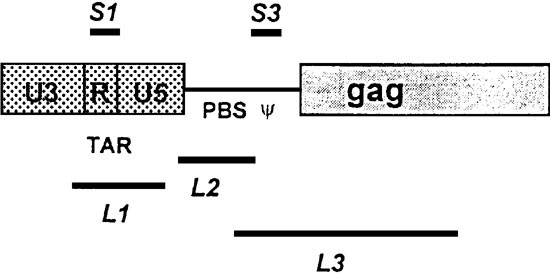
- Select a language for the TTS:
- UK English Female
- UK English Male
- US English Female
- US English Male
- Australian Female
- Australian Male
- Language selected: (auto detect) - EN
Play all audios:
Recent clinical data demonstrate the enormous impact that quantitative genomic biomarkers like tumor mutational burden (TMB) have made on the treatment landscape, especially in
immunotherapy. TMB was a major topic at this year’s American Association for Cancer Research (AACR) Annual Meeting, standing alongside data readouts from pivotal clinical trials. Moving
forward, more data will help researchers further understand the role of TMB and other biomarkers, and could lead to major research advances in precision oncology. PROSPECTIVE DATA: A TMB
MILESTONE The predictive power of TMB has been suggested in several cancer types using retrospective studies. These data sets provide a solid foundation on which to build hypotheses around
TMB and its association with response to checkpoint inhibitor immunotherapy. They have ultimately led to where the field is today, with the first major prospective clinical trial using TMB
meeting a co-primary endpoint. The transition from retrospective to prospective data is a huge step forward that opens the door to an even greater understanding of TMB. While these data are
exciting, they also require accurate interpretation of the results to ensure that we move the field forward in a rational way and help the community understand the value and potential impact
of such biomarkers on clinical care. A PATH TO IMPROVING OUTCOMES FOR IMMUNOTHERAPY The pace of progress in immunotherapy is astounding. Recent clinical data, especially in lung cancer,
have shown tremendous results for many patients. However, there continues to be a struggle to identify which patients are likely to benefit and, just as importantly, which are not. Having
this capacity is important because immunotherapy can be associated with high cost and toxicity. TMB has been shown to help identify patients who may be good candidates for immunotherapy
across a growing number of cancer types. Foundation Medicine and its collaborators published a study of more than 100,000 human cancer genomes that identified 20 tumor types, affecting eight
tissues, in which greater than 10 percent of patients had high TMB. These results could have a significant impact on improving outcomes for immunotherapy. Another recent study showed that
151 immunotherapy-treated patients with high TMB across 21 different cancer types had better outcomes compared to patients with low TMB. THE FUTURE OF TMB The potential for TMB is greater
than ever. As comprehensive genomic profiling and TMB are integrated more routinely in clinical care, the field will acquire more data and gain a deeper understanding of cancer genomics.
Tools like the FDA-approved FoundationOne®CDx test, which includes both TMB and microsatellite stability (MSI) in every report and is covered by Medicare for qualifying patients, will be
important drivers of this progress. Collaboration will become even more essential. Foundation Medicine has partnered with biopharma companies to optimize and accelerate biomarker-driven
research, which has the potential to streamline regulatory and approval processes and thus broaden availability of treatments for patients. Foundation Medicine has long pioneered the
advancement of TMB, and the field has made remarkable progress. It is poised to make even more significant leaps forward as we pursue the full potential of precision medicine.



:max_bytes(150000):strip_icc():focal(599x0:601x2)/bethenny-frankel-jason-hoppy-81a5dfb779174e03bcfa8384b4bb3546.jpg)



